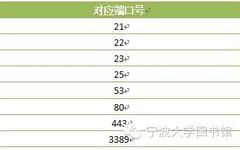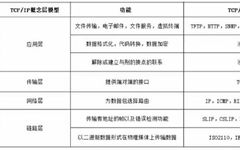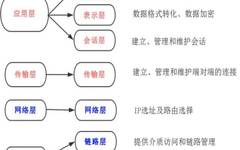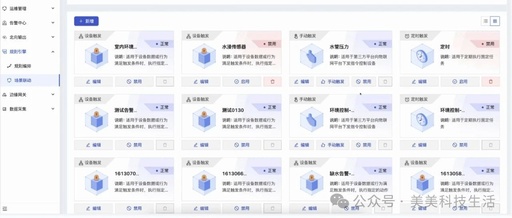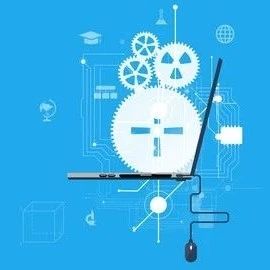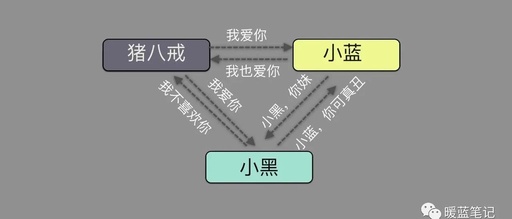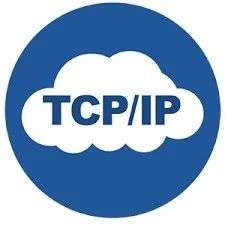Detailed Explanation of TCP/IP Port Numbers in Networking
In network technology, a port generally has two meanings: first, it refers to the physical interface (hardware) between computers and other devices. For example, interfaces like RJ-45 ports and SC ports used to connect other network devices such as switches and routers. Second, it refers to the logical virtual ports (software), which typically refer to … Read more
